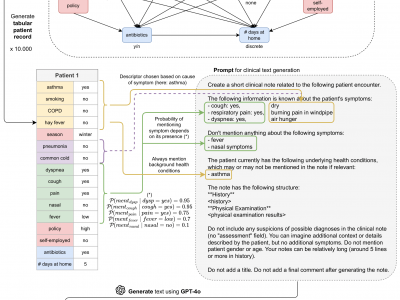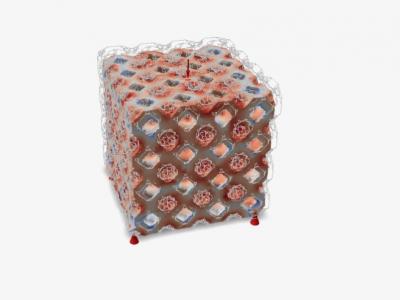Artificial Intelligence

Abstract—Sparse Mobile CrowdSensing is an efficient data collection paradigm that recruits participants to gather data from partial spatiotemporal regions and leverages inherent correlations among these data to infer the remaining uncollected data. However, enabling accurate inference requires participants to upload sensitive spatiotemporal information, which poses significant privacy leakage risks. Traditional methods address these risks by obfuscating the uploaded spatial data, but this often compromises inference accuracy.
- Categories:
 12 Views
12 Views
The Clarkson University Affective Data Set (CUADS) is a multi-modal affective dataset designed to assist in machine learning model development for automated emotion recognition. CUADS provides electrocardiogram, photoplethysmogram, and galvanic skin response data from 38 participants, captured under controlled conditions using Shimmer3 ECG and GSR sensors. ECG, GSR and PPG signals were recorded while each participant viewed and rated 20 affective movie clips. CUADS also provides big five personality traits for each participant.
- Categories:
 84 Views
84 Views
This dataset is a dedicated dataset built by standard datasets such as YAGO3-10, NELL-995, and WN18RR for detecting conflicts at path granularities in knowledge graphs. Each data set contains an error triple with a path of the format "entity relation entity relation... label", a label of 1 indicates that the path contains no erroneous triples, and a label of -1 indicates that the path contains erroneous triples.
- Categories:
 29 Views
29 ViewsThis dataset comprises 33,800 images of underwater signals captured in aquatic environments. Each signal is presented against three types of backgrounds: pool, marine, and plain white. Additionally, the dataset includes three water tones: clear, blue, and green. A total of 12 different signals are included, each available in all six possible background-tone combinations.
- Categories:
 331 Views
331 Views
will to do
- Categories:
 10 Views
10 ViewsThe ABERDEEN Face Database is a well-known dataset in the field of computer vision and pattern recognition, specifically designed for research into face detection, recognition, and related tasks. Compiled by researchers at the University of Aberdeen in Scotland, this database provides a valuable resource for scientists and engineers working on facial analysis algorithms.
- Categories:
 40 Views
40 Views
The Essays-Big5 and Kaggle-MBTI datasets are valuable resources for personality research, combining diverse textual data with psychological labels. The Essays-Big5 dataset includes over 2,000 personal essays annotated with Big Five personality traits, enabling the exploration of linguistic patterns correlated with personality dimensions, with data split stratified by personality trait distributions to ensure balanced representation.
- Categories:
 84 Views
84 Views
We collected patient-doctor interaction data from the Haodf online consultation platform on the six common diseases, categorized by different risk levels. Low-risk diseases include Common Cold (Cold) and Pneumonia (Pneu.), medium-risk diseases include Diabetes (Diab.) and Depression (Depr.), and high-risk diseases include Coronary Heart Disease (CHD) and Lung Cancer (Lung.). We only use publicly accessible data, with all patients and doctors remaining anonymous, ensuring effective protection of their privacy.
- Categories:
 32 Views
32 ViewsWe present the SynSUM benchmark, a synthetic dataset linking unstructured clinical notes to structured background variables. The dataset consists of 10,000 artificial patient records containing tabular variables (like symptoms, diagnoses and underlying conditions) and associated clinical notes describing the fictional patient encounter in the domain of respiratory diseases. The tabular portion of the data is generated through a Bayesian network, where both the causal structure between the variables and the conditional probabilities are proposed by an expert based on domain knowledge.
- Categories:
 189 Views
189 ViewsThe presented dataset contains information about struts utilized in a material system, including three key attributes: strut diameter, strut type, and sample number. The strut diameter describes the structural element's physical dimension, whereas the strut type specifies the design or placement inside the material, such as edge configurations. A sample number is assigned to each sample, identifying it uniquely. This data can be used in machine learning systems to forecast material qualities, optimize designs, and investigate the effect of strut configurations on structural performance.
- Categories:
 174 Views
174 Views


